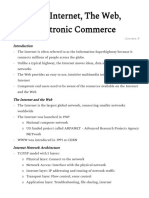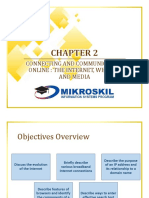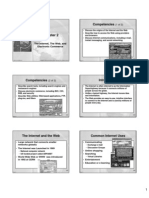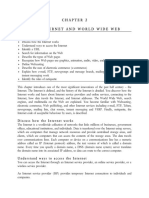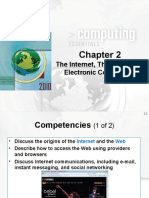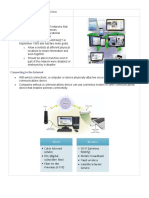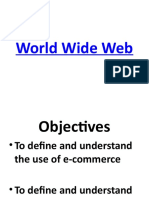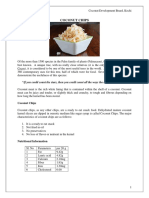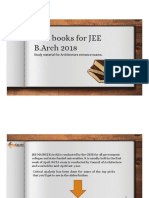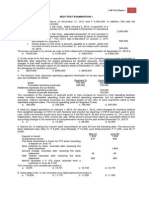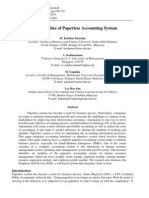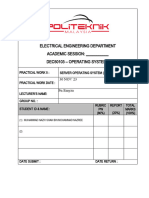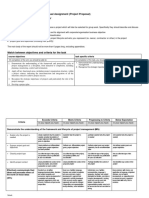0% found this document useful (0 votes)
8 views41 pagesLecture 2
This document provides an overview of the Internet, the World Wide Web, and electronic commerce, detailing their origins, functionalities, and differences. It covers various aspects such as web utilities, communication methods, search tools, and the evaluation of online content, as well as the concepts of cloud computing and the Internet of Things (IoT). Additionally, it discusses different types of e-commerce and security issues related to online transactions.
Uploaded by
Nouran HusseinCopyright
© © All Rights Reserved
We take content rights seriously. If you suspect this is your content, claim it here.
Available Formats
Download as PDF, TXT or read online on Scribd
0% found this document useful (0 votes)
8 views41 pagesLecture 2
This document provides an overview of the Internet, the World Wide Web, and electronic commerce, detailing their origins, functionalities, and differences. It covers various aspects such as web utilities, communication methods, search tools, and the evaluation of online content, as well as the concepts of cloud computing and the Internet of Things (IoT). Additionally, it discusses different types of e-commerce and security issues related to online transactions.
Uploaded by
Nouran HusseinCopyright
© © All Rights Reserved
We take content rights seriously. If you suspect this is your content, claim it here.
Available Formats
Download as PDF, TXT or read online on Scribd
/ 41




